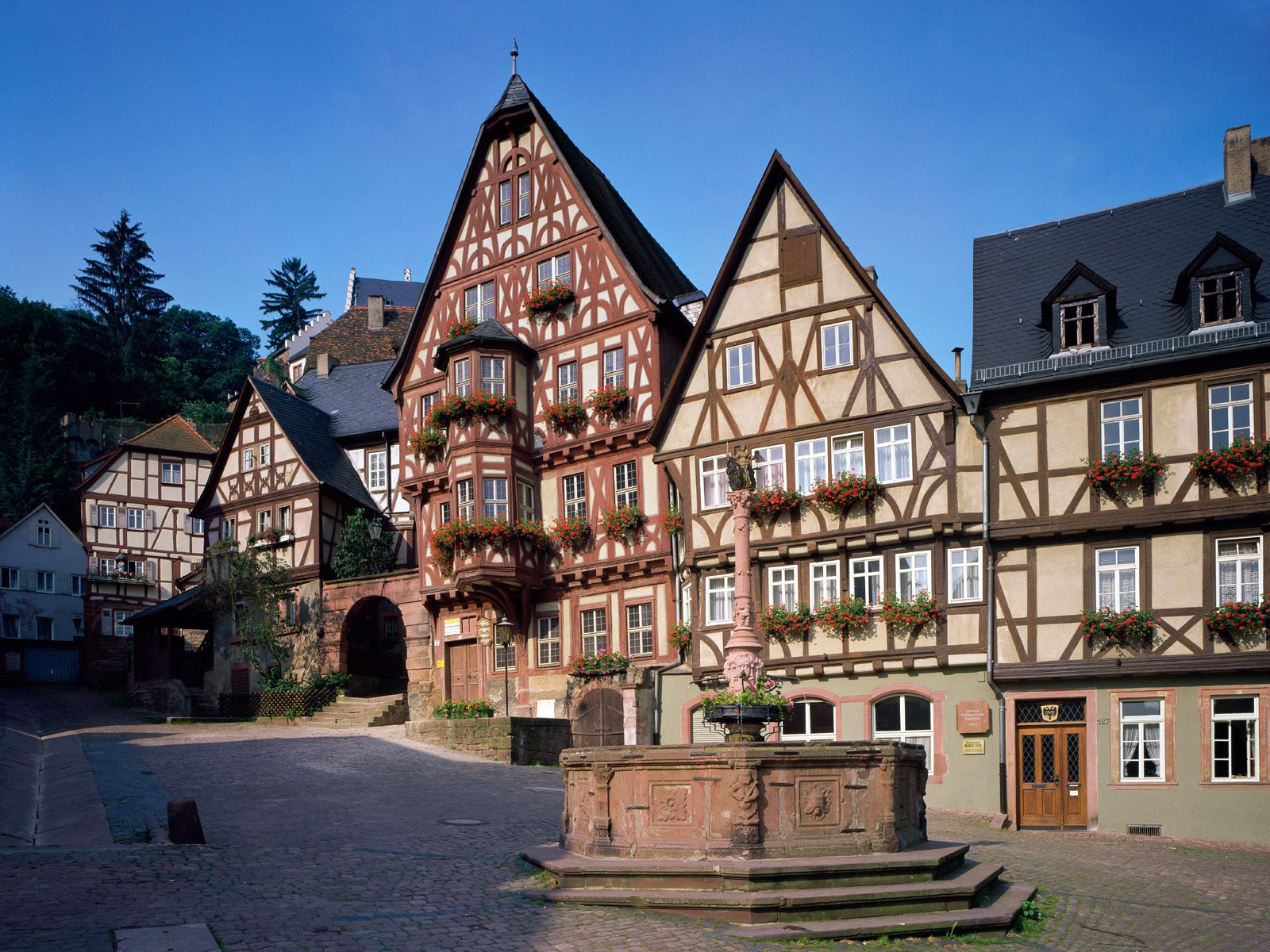Global Travel Information
Colorado Plateau, USA
The Colorado Plateau: A Geological Wonderland
The Colorado Plateau, spanning approximately 130,000 square miles across the southwestern United States, is one of the most geologically fascinating and visually stunning regions in North America. Encompassing parts of Arizona, Utah, Colorado, and New Mexico, this vast high desert region is renowned for its dramatic landscapes, towering rock formations, deep canyons, and vibrant colors. From the Grand Canyon to Monument Valley, the Colorado Plateau is a testament to the power of geological forces and the passage of time.
Geological Formation and History
The Colorado Plateau’s geological story spans hundreds of millions of years. Unlike the surrounding regions, which have experienced significant folding and faulting, the Plateau has remained relatively stable, allowing sedimentary layers to accumulate undisturbed. Over time, erosion and tectonic uplift have sculpted the landscape into the breathtaking vistas we see today.
Layers of Time
The Plateau’s rock layers tell a story of ancient seas, vast deserts, and shifting climates. Some of the most prominent formations include:
- The Grand Canyon’s Stratigraphy: The canyon exposes nearly two billion years of Earth’s history, with layers such as the Vishnu Schist (Precambrian basement rock), the Redwall Limestone (deposited in a shallow sea), and the Coconino Sandstone (evidence of ancient desert dunes).
- The Navajo Sandstone: Found in places like Zion National Park, this striking white and pink rock was formed from massive sand dunes during the Jurassic period.
- The Chinle Formation: Known for its colorful badlands, this layer contains petrified wood and fossils from the Late Triassic.
Uplift and Erosion
Around 70 million years ago, the Laramide Orogeny (a mountain-building event) began uplifting the Colorado Plateau. However, unlike the Rocky Mountains, the Plateau rose as a single block, preserving its horizontal layers. The real sculpting began with the carving power of rivers, particularly the Colorado River, which has cut through rock for millions of years, forming the Grand Canyon and other deep gorges.
Iconic Landscapes of the Colorado Plateau
The region is home to some of America’s most famous national parks and monuments, each offering a unique perspective on the Plateau’s geological and cultural heritage.
Grand Canyon National Park
No discussion of the Colorado Plateau is complete without mentioning the Grand Canyon. Carved by the Colorado River, this 277-mile-long chasm reveals layers of rock that chronicle Earth’s history. The South Rim is the most visited, offering panoramic views, while the North Rim provides a more secluded experience. Hiking trails like Bright Angel and rafting trips through the canyon offer immersive ways to explore this natural wonder.
Zion National Park
Zion’s towering sandstone cliffs, narrow slot canyons, and lush river valleys make it one of the most visually striking parks in the U.S. The Virgin River continues to carve through the Navajo Sandstone, creating dramatic formations like Angels Landing and The Narrows.
Bryce Canyon National Park
Unlike traditional canyons, Bryce is a series of natural amphitheaters filled with hoodoos—tall, thin spires of rock formed by frost weathering and erosion. The park’s high elevation and clear skies also make it a prime stargazing destination.

Arches and Canyonlands National Parks
Arches National Park boasts over 2,000 natural stone arches, including the iconic Delicate Arch. Nearby, Canyonlands offers a rugged, expansive landscape of mesas, buttes, and deep river canyons carved by the Colorado and Green Rivers.
Monument Valley
Located on the Arizona-Utah border, Monument Valley’s iconic sandstone buttes have been featured in countless films and photographs. The region is sacred to the Navajo Nation, who offer guided tours through this otherworldly landscape.
Biodiversity and Ecosystems
Despite its arid appearance, the Colorado Plateau supports a surprising variety of life. Elevation changes create microclimates, ranging from desert scrublands to ponderosa pine forests.
- Desert Adaptations: Plants like sagebrush, pinyon pine, and juniper thrive in the dry climate. Animals such as desert bighorn sheep, coyotes, and roadrunners have adapted to the harsh conditions.
- Riparian Zones: Along rivers like the Colorado and San Juan, cottonwood trees and willows provide habitat for birds, beavers, and fish.
- High-Elevation Forests: In places like the Kaibab Plateau (north of the Grand Canyon), spruce-fir forests support elk, mule deer, and rare species like the California condor.
Human History and Cultural Significance
Long before European settlers arrived, the Colorado Plateau was home to Indigenous peoples who left behind a rich cultural legacy.
Ancient Puebloans (Ancestral Pueblo People)
From around 500 to 1300 CE, the Ancestral Puebloans built elaborate cliff dwellings and villages, such as those in Mesa Verde National Park and Canyon de Chelly. They were skilled farmers, growing maize, beans, and squash in the arid landscape.
Navajo, Hopi, and Ute Nations
Today, the Plateau is home to several Native American tribes, including the Navajo (Diné), Hopi, and Ute. Monument Valley, Canyon de Chelly, and other sites remain culturally significant, with many areas managed in partnership with tribal nations.
European Exploration and Settlement
Spanish explorers and later American settlers traversed the region, though its rugged terrain made large-scale colonization difficult. The arrival of railroads in the late 19th century brought tourism, and figures like John Wesley Powell (who led expeditions through the Grand Canyon) helped popularize the area’s natural wonders.
Conservation Challenges
The Colorado Plateau’s fragile ecosystems face numerous threats, including:
- Climate Change: Rising temperatures and prolonged droughts stress water resources, affecting rivers like the Colorado, which supplies water to millions.
- Over-Tourism: Popular parks like Zion and Arches experience overcrowding, leading to trail erosion and habitat disturbance.
- Mining and Energy Development: Uranium mining, oil drilling, and groundwater depletion pose risks to both ecosystems and Indigenous communities.
Efforts by organizations like the Grand Canyon Trust and National Park Service aim to balance preservation with sustainable visitation.
Conclusion
The Colorado Plateau is a land of extremes—deep canyons, towering arches, and vast deserts—all shaped by time, water, and wind. Its geological wonders, rich biodiversity, and cultural history make it one of the most extraordinary regions in the world. Whether standing on the rim of the Grand Canyon, hiking among Zion’s cliffs, or witnessing a sunset in Monument Valley, visitors are reminded of the Earth’s immense beauty and the importance of protecting such landscapes for future generations.
相关文章
- Elbe River Amusement Parks: Rides with River Views
- Elbe River Camping Spots: Pitch a Tent by the Water
- Elbe River Glamping Sites: Luxury Camping Along the Banks
- Elbe River RV Parks: Stay in Your Camper Near the River
- Elbe River B&Bs: Cozy Accommodations with a Personal Touch
- Elbe River Hostels: Budget Stays for Young Travelers
- Elbe River Business Travel Guide: Meetings & Events Near the Water
- Elbe River Conference Venues: Spaces with River Views
- Elbe River Wedding Venues: Tie the Knot by the Water
- Elbe River Funeral Services: Respectful Locations Along the Banks
发表评论
评论列表
- 这篇文章还没有收到评论,赶紧来抢沙发吧~


